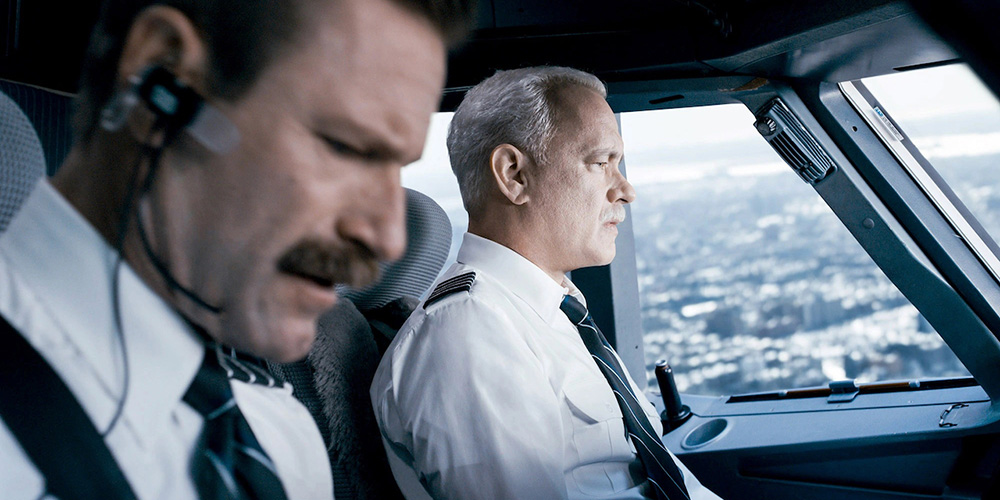Sully recounts one of the most remarkable aviation incidents of recent times: the ‘Miracle on the Hudson’. It also offers valuable insights on the importance of effective crisis communication.
In January 2009, Captain Chesley ‘Sully’ Sullenberger III and First Officer Jeffrey Skiles were flying out of New York’s LaGuardia airport. Within 90 seconds, a bird strike had knocked out both their engines. You can watch the incident recreated in Sully in the two scenes below.
Sully and Skiles’ actions over the next three minutes would be critical in deciding the fate of their 150 passengers and crew. So what lessons can we learn?
The role of psychological safety in a crisis
Communicating effectively in a crisis isn’t just about finding the right words. It’s about creating a ‘safe’ environment where people feel able to speak up.
In her book The Fearless Organisation, Amy Edmondson describes psychological safety as a climate where people feel comfortable sharing concerns and mistakes without fear of embarrassment or retribution.
Edmondson describes several aviation disasters caused at least partly by crew feeling unable to question the decisions or instructions of their superiors.
But in this case, Edmondson illustrates how psychological safety between Sully, Skiles and air traffic controller Patrick Harten helped achieve a successful outcome.
The dual engine failure in this incident was almost unprecedented. With few protocols to cover such events, airline policy requires captains to ‘use common sense and good judgement’. As the most experienced pilot, Sully takes control and rapidly assesses his options.
Critical to this is the way that Skiles and Harten facilitate this process. They offer support, but give Sully space to decide the best approach.
When Sully decides an emergency landing on the Hudson is the most viable option, neither Skiles nor Harten challenge Sully’s decision. With only bad options available, they trust Sully to choose the best one.
Edmondson notes that the crew were trained both in threat and error management (TEM), and cockpit resource management (CRM). These programs teach ways of thinking and decision making. But, she says, training on its own is not enough. Employees need to feel safe and confident in applying these approaches.
Clear, simple communication
Watching the scenes above, the brevity of the interactions is striking. Barely a word is wasted. Only essential questions are asked. The short time available is focused entirely on identifying and evaluating options.
When Sully informs his passengers of the situation, he does so in similar fashion: “This is the captain. Brace for impact.” As Carmine Gallo points out in Five Stars, this sentence can be understood by the average second-grader.
Communicating succinctly and clearly is desirable in any situation. But in a crisis, it becomes critical. With uncertainty and emotions often running high, directions have to be crystal clear.
In the UK, this was vividly illustrated at the start of the COVID-19 pandemic. The Government’s initial ‘Stay Home, Protect the NHS, Save Lives’ message proved highly successful. The vast majority of UK citizens supported the Government’s Lockdown, often at great personal cost. But as restrictions were eased, subsequent messaging – notably to ‘Stay Alert’ – only spread confusion and doubt.
Three lessons for crisis communications
So to prepare for potential crises in your organisation, take some time to:
- Actively develop a culture where employees feel comfortable speaking up and reporting mistakes.
- Keep communication succinct and clear – both when deciding the approach, and when communicating decisions.
- Rehearse common crisis scenarios in advance.






